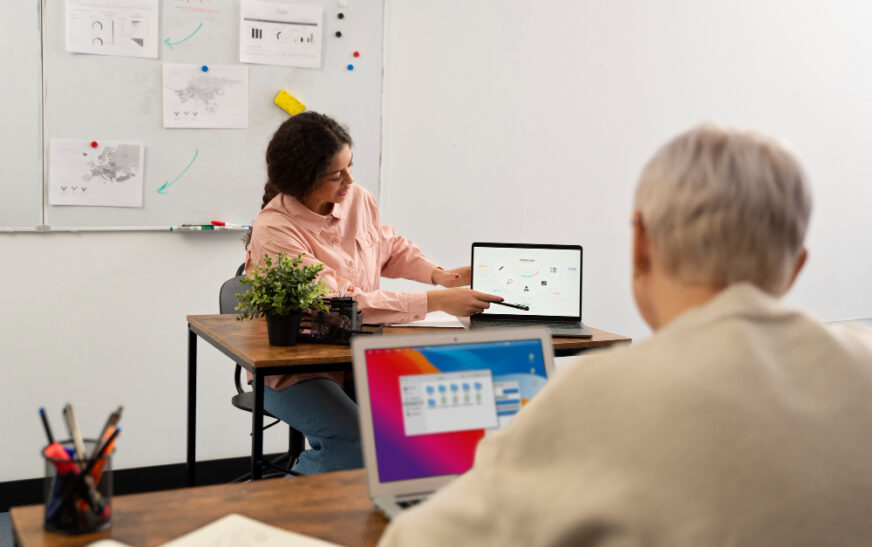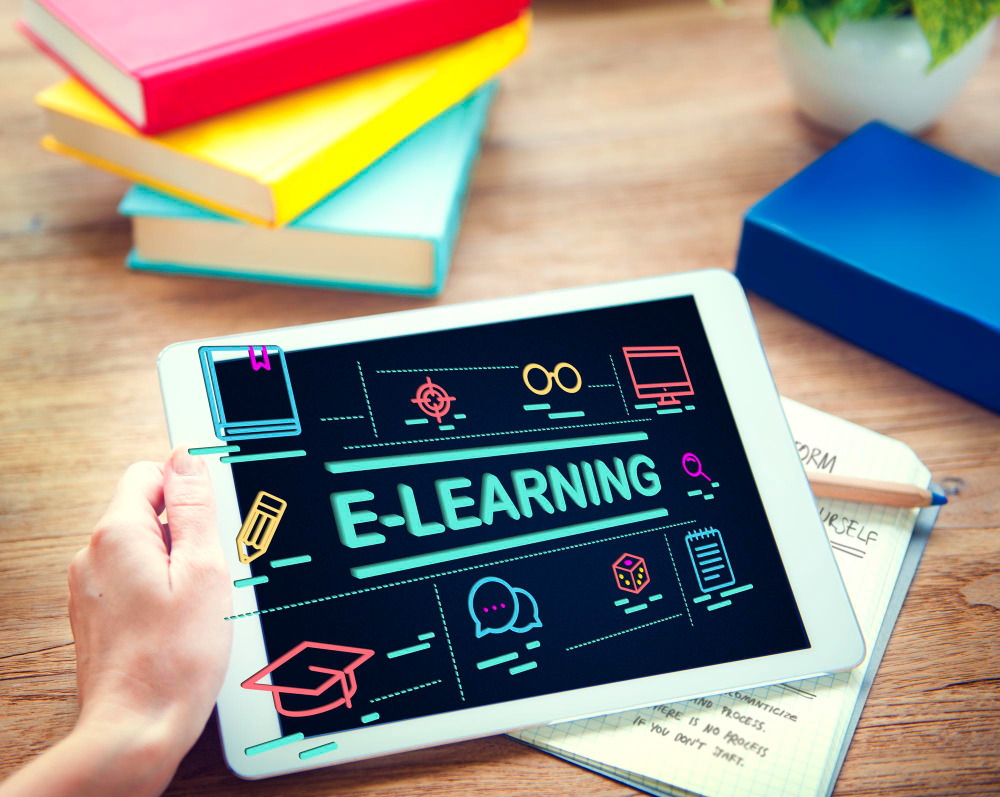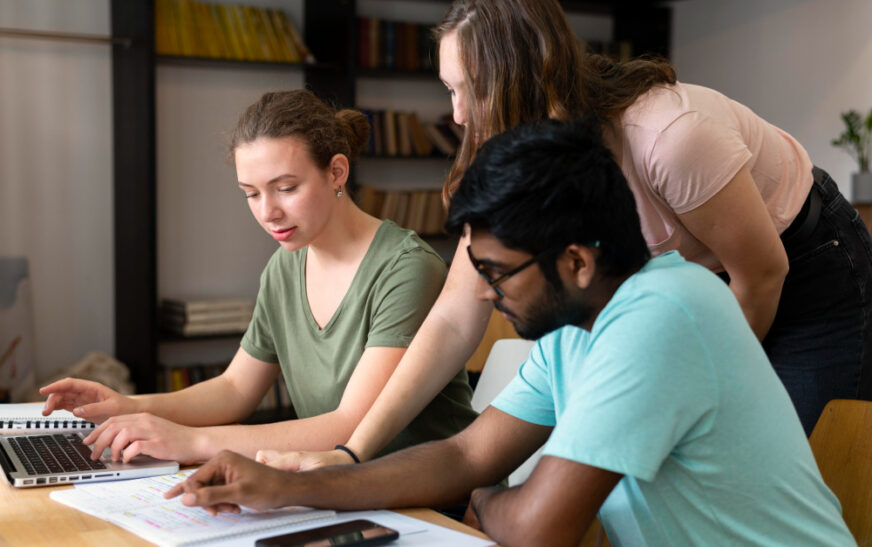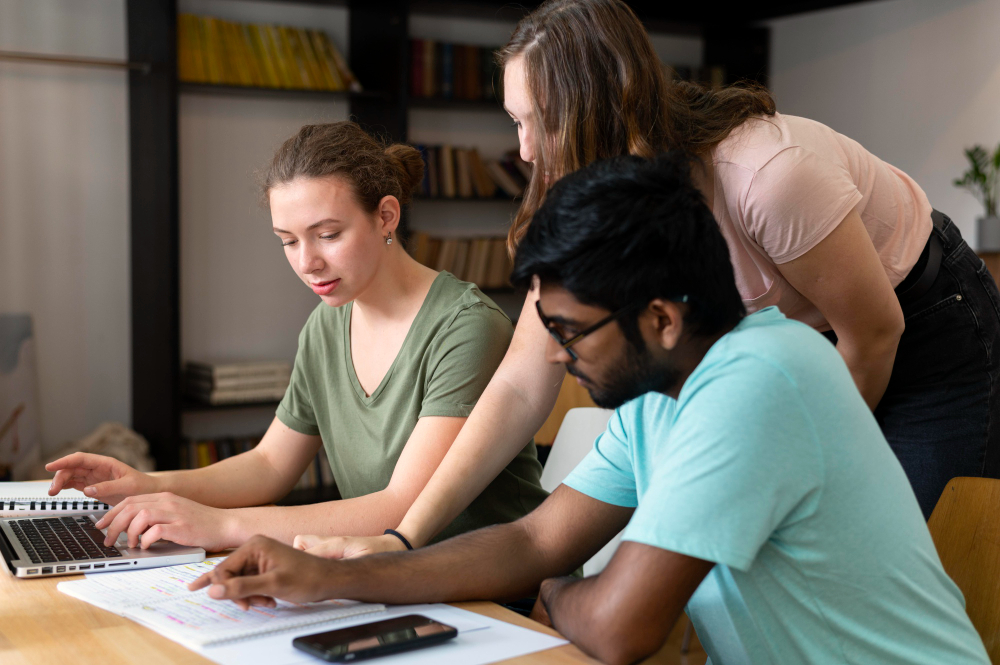For many students, the classroom is a vibrant hub of learning and social interaction. However, for students with learning disabilities (LD), the traditional classroom environment can sometimes present challenges. These challenges can hinder their academic progress and sense of self-esteem. But here’s the good news: with the right support system in place, students with LD can thrive in mainstream classrooms alongside their peers.
Understanding Learning Disabilities: A Spectrum of Needs
Learning disabilities are a neurodevelopmental disorder that affects how a person receives, processes, stores, and outputs information. Some common types of LD include:
- Dyslexia: Difficulty with reading fluency and comprehension.
- Dyscalculia: Challenges with math concepts and calculations.
- Dysgraphia: Difficulty with written expression and fine motor skills.
- Attention Deficit Hyperactivity Disorder (ADHD): Challenges with focus, attention, and impulsivity.
Statistics: It’s important to note that learning disabilities manifest differently in each student [2]. There’s no “one-size-fits-all” approach to support, and successful strategies will vary based on the specific needs of each learner.
Creating a Supportive Learning Environment: Building Bridges to Success
Mainstream classrooms can be transformed into inclusive spaces that empower students with LD to reach their full potential. Here are some key strategies:
- Collaboration is Key: Effective communication and collaboration between teachers, parents, and learning specialists are crucial for developing a comprehensive support plan tailored to each student’s individual needs.
- Universal Design for Learning (UDL): UDL principles encourage the use of multiple means of representation, action & expression, and engagement to cater to diverse learning styles and ensure accessibility for all students [3].
- Differentiation: Teachers can differentiate instruction by offering various learning materials, activities, and assessment methods to cater to different learning paces, strengths, and weaknesses.
Statistics: A study by the National Center on Universal Design for Learning (UDL Center) found that UDL implementation led to significant gains in student achievement, engagement, and self-efficacy [4].
Empowering Teachers with Practical Strategies:
Teachers play a pivotal role in creating a supportive learning environment. Here are some practical strategies they can implement:
- Clear and Concise Instruction: Break down complex concepts into smaller, more manageable steps and provide clear instructions with visual aids when necessary.
- Organization and Structure: Create a predictable and organized classroom routine, with clear schedules and established procedures for assignments and transitions.
- Assistive Technologies: Explore the use of assistive technologies like text-to-speech software, graphic organizers, and mind-mapping tools to support learning.
Statistics: A study by the National Center for Learning Disabilities (NCLD) revealed that teachers who felt well-prepared to support students with LD reported a more positive classroom climate and increased student engagement [5].
Fostering a Culture of Inclusion: Beyond the Classroom Walls
Building a supportive learning environment extends beyond the classroom:
- Positive Classroom Culture: Cultivate a classroom environment that values diversity and celebrates individual learning styles.
- Open Communication with Parents: Maintain open communication with parents to share progress, address concerns, and ensure consistency between school and home support strategies.
- Peer Support and Collaboration: Encourage collaboration and peer support among students to foster a sense of belonging and teamwork.
Statistics: A study by the National Association of School Psychologists (NASP) found that students with LD who felt supported by their peers experienced higher academic achievement and improved social skills [6].
The Power of Advocacy: Empowering Students with LD
Empowering students with LD to become self-advocates is crucial for their long-term success:
- Self-Awareness: Help students understand their learning strengths and challenges to develop self-advocacy skills.
- Communication Strategies: Teach students how to communicate their needs effectively to teachers and peers.
- Self-Monitoring and Organization Skills: Equip students with strategies for self-monitoring their progress, managing their time effectively, and staying organized.
Statistics: A study by the Learning Disabilities Association of America (LDA) found that students with LD who developed strong self-advocacy skills reported greater self-confidence, independence, and academic success [7].
Frequently Asked Questions (FAQ)
General Questions:
- What are learning disabilities (LD)?
Learning disabilities are neurodevelopmental disorders that affect how a person processes, stores, and outputs information. Common types include dyslexia (reading), dyscalculia (math), and dysgraphia (writing).
- Why are mainstream classrooms important for students with LD?
Mainstream classrooms offer opportunities for social interaction and learning alongside peers without disabilities, fostering a sense of belonging and inclusion.
- What are the challenges students with LD might face in a mainstream classroom?
Challenges can include difficulty keeping up with the pace of instruction, problems with reading or writing, and struggles with organization or focus.
Creating a Supportive Learning Environment:
- What is Universal Design for Learning (UDL)?
UDL is a framework that encourages presenting information in multiple ways (visual, auditory, kinesthetic) to cater to diverse learning styles and ensure accessibility for all students.
- How can teachers differentiate instruction for students with LD?
Differentiation involves offering varied learning materials, activities, and assessments to meet individual learning needs, strengths, and weaknesses.
- What are some examples of assistive technologies for students with LD?
Assistive technologies include text-to-speech software, graphic organizers, mind-mapping tools, and audiobooks, which can support learning and overcome specific challenges.
Empowering Students with LD:
- What does self-advocacy mean for students with LD?
Self-advocacy involves understanding learning strengths and weaknesses, communicating needs effectively to teachers and peers, and managing time and organization skills.
- How can parents support their child with LD at home?
Maintain open communication with teachers, provide a structured and supportive learning environment at home, and encourage self-advocacy skills.
Building a Culture of Inclusion:
- How can teachers create a positive classroom culture for students with LD?
Celebrate diversity and individual learning styles, foster a sense of belonging through collaboration, and address any bullying or exclusionary behaviors promptly.
- What is the role of peers in supporting students with LD?
Peers can offer understanding, friendship, and support through collaborative learning activities and a welcoming classroom environment.
Conclusion
Supporting students with learning disabilities (LD) in a mainstream classroom requires a collaborative effort from teachers, parents, specialists, and the students themselves. By fostering a supportive learning environment, employing effective strategies, and empowering students to become self-advocates, we can create a path to success for all learners.



















